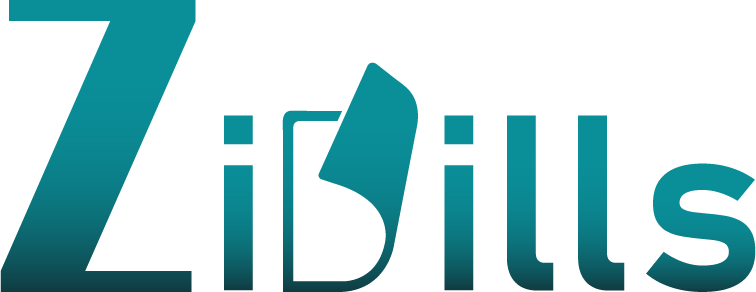Medical Credentialing
Medical credentialing is the process of confirming and assessing the training, experience, and professional background of healthcare professionals to make sure they adhere to the criteria set by regulatory agencies, healthcare organisations, insurance providers, and other organisations. Zibills performs this crucial step of Credentialing , ensuring patient safety, maintaining the standard of treatment, and building confidence in the healthcare sector. Below given are the steps that show how medical credentialing works

Application Submission: To the credentialing organisation or entity, healthcare providers—including doctors, nurses, dentists, and other allied health professionals—submit a thorough application. Their education, training, credentials, employment experience, malpractice history, and any other pertinent information are often included in this application.
Primary Source Verification: To ensure that the information supplied by the healthcare provider is accurate, the credentialing organisation undertakes primary source verification. To verify the credentials and information, this entails contacting educational institutions, licencing bodies, training programmes, and other pertinent sources directly.
Verification of Licence: The organisation confirms that the practitioner has a current, unrestricted medical licence to practise in the state in which they desire to do so. Making sure the provider is legitimately permitted to practise medicine depends on this.
Verification of Education and Training: The organisation confirms the provider’s educational history, including proof of attendance at medical school and proof of successful completion of fellowship or residency programmes. This makes sure that the practitioner has the education required to practise safely and skillfully.
Verification of Work History: The organisation confirms the provider’s work history, including any prior employment at medical centres such as clinics and hospitals. This aids in evaluating the provider’s professional background and any potential issues.
Check for Past Legal Issues, Complaints, or Malpractice Claims: The organisation examines the provider’s past for any past legal issues, complaints, or malpractice claims. In order to evaluate the provider’s general competency and patient safety, this is done.
Review by the Credentialing Committee: A committee inside the credentialing organisation examines the data gathered and determines if the provider is eligible for credentialing. Representatives from numerous medical specialisations and occupations could be on this committee.
Privileges and Approval: The provider is given approval to take part in insurance
networks or work in particular healthcare facilities if they have obtained the necessary credentials and have passed the assessment process. In addition, the practitioner could be assigned clinical privileges, which outline the kinds of medical procedures they are permitted to carry out inside a certain facility.
